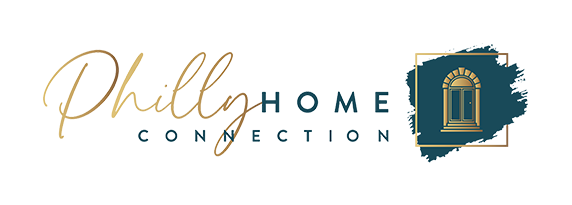When you think about buying a home, the biggest numbers that come to mind are usually the listing price and your down payment. But what many first-time (and even experienced) buyers don’t realize is that the real cost of homeownership includes more than just your mortgage. From upfront expenses to long-term financial commitments, there are several hidden costs that can catch buyers off guard if they’re not prepared.
Here are some of the most common hidden costs of buying a home that you shouldn’t overlook:
1. Closing Costs
These can total anywhere from 2% to 5% of your loan amount and include:
- Title insurance
- Appraisal fees
- Attorney fees (in some states)
- Lender origination fees
- Recording and transfer taxes
Before you get too far into your home search, make sure you’re budgeting for this on top of your down payment.
2. Home Inspections and Additional Testing
A general home inspection usually costs a few hundred dollars, but depending on the home’s condition, you may also need:
- Radon testing
- Termite inspections
- Sewer scope or septic inspections
- Mold testing
While optional in some cases, skipping these can cost much more in the long run if major issues are uncovered after closing.
3. Property Taxes
Property taxes vary widely by area—and they can change year to year. You’ll want to:
- Ask for the current tax amount before making an offer
- Understand whether you’ll pay them monthly (through escrow) or in lump sums
Also note: If you’re buying a newly built home, your property tax bill may increase once the home is reassessed.
4. Homeowners Insurance & Flood Insurance
Homeowners insurance is required by lenders and varies based on location, size, and risk factors. In certain areas, you may also need:
- Flood insurance (often not included in standard coverage)
- Earthquake insurance
Always get quotes in advance—some areas have seen dramatic increases in premiums due to climate risks.
5. HOA Fees
If your new home is in a condo, townhome, or planned community, you may owe monthly or quarterly HOA (Homeowners Association) fees. These can range from $100 to $1,000+ depending on what’s included (maintenance, amenities, landscaping, etc.).
Make sure to:
- Ask about current dues
- Review any upcoming special assessments
6. Utility Hookups and Escalating Bills
While you might be used to paying utilities as a renter, homeowners often deal with:
- Activation fees for water, gas, and electric
- Higher heating/cooling costs due to larger square footage or less efficient systems
- Trash and recycling fees (often separate from other bills)
7. Routine Maintenance and Repairs
Unlike renting, there’s no landlord to call when the water heater breaks. Expect to spend 1%–3% of your home’s value annually on repairs and upkeep, including:
- Lawn care
- HVAC servicing
- Appliance replacements
- Roof repairs
Tip: Consider a home warranty to cover major systems/appliances—but read the fine print before committing.
8. Furniture, Decor & Upgrades
Your current furniture may not work with your new layout, and bare walls or outdated fixtures might tempt you to splurge. Even modest updates like blinds, paint, or lighting can add up quickly.
Be realistic about how much you’ll want (or need) to change in your first year.
Bottom Line: Plan Beyond the Price Tag
Owning a home is one of the most rewarding milestones—but it’s also a long-term financial commitment. Knowing the full picture of what you’ll spend upfront and over time helps you make smarter decisions and avoid financial strain down the road.
As your local real estate guide, I help buyers in the Philadelphia area navigate these hidden costs so they can feel confident every step of the way. If you’re starting your home search and want to talk through what to expect, let’s connect.


